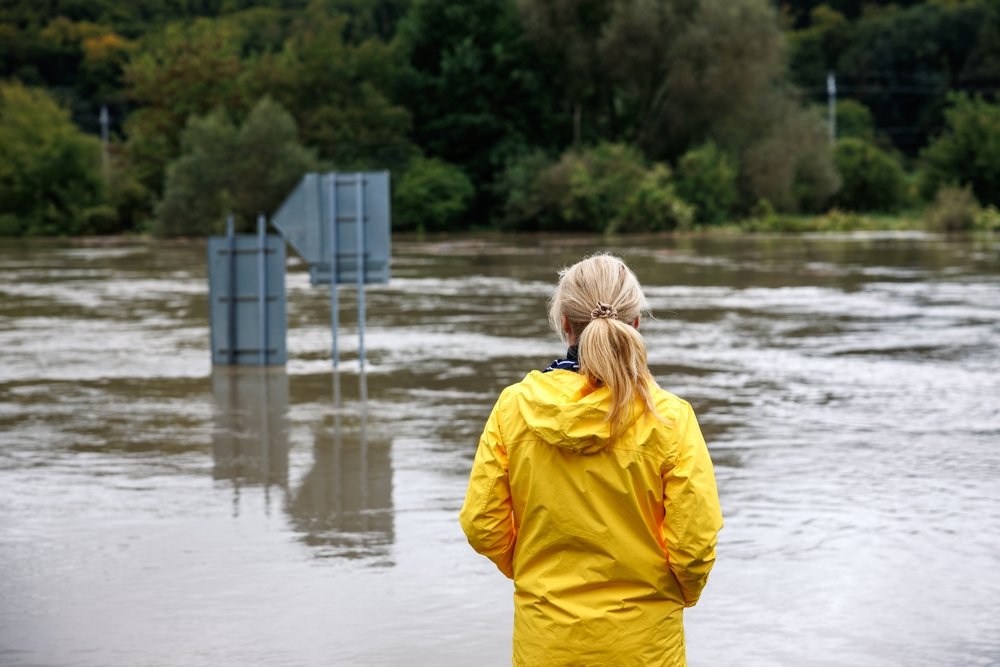Selling a house in a flood zone can be a daunting task, but with the right information and strategies, you can maximize your property’s value. There are plenty of buyers interested in purchasing properties in flood zones, so don’t let that deter you. In this article, we’ll cover everything you need to know about selling your home in a flood zone, from understanding FEMA flood zone classifications to navigating the sale process.
Understanding FEMA flood zone classifications and their impact
FEMA evaluates flood zones in the US, and these classifications can affect insurance premiums and marketing strategies for your property. It’s essential to know your property’s specific zone and be prepared to provide detailed information about flood risks, insurance requirements, and mitigation measures to potential buyers.
If you’re selling your house, ensure you have a current flood zone certification, understand the zone’s implications, and provide detailed information about flood risks to potential buyers. You can check your property’s designation on FEMA’s website.
Different FEMA flood zone classifications and what they mean
Zone A: High-risk area with mandatory flood insurance requirements and various subcategories like AE, A1-A30, AO, and AH.
Zones B and C: Previously used for reduced flood risk areas, now mostly replaced by Zone X.
Zone D: Undetermined flood risks, can complicate property sales.
Zone V: Coastal high-risk area with additional insurance requirements and building restrictions.
Zone X: Moderate to low-risk areas where flood insurance is recommended but not mandatory.
Special Flood Hazard Area (SFHA): Federally designated high-risk zone requiring mandatory flood insurance.
Understanding base flood elevation (BFE) and elevation certificates (EC)
Base Flood Elevation (BFE): Height of floodwaters expected during a 100-year flood event, critical for insurance requirements and building standards.
Properties below the BFE may require higher insurance rates and structural modifications to mitigate flood risk.
Elevation Certificate (EC): Documents property elevation in relation to BFE, crucial for flood insurance rates and disclosure.
BFE sets the flood level standard, while the EC shows how the property relates to that standard.
Impact of flood zones on property values and pricing strategies
Different flood zone classifications can impact property values, with high-risk zones potentially decreasing values by 10-20%. Consider flood risk, insurance costs, and potential damage when pricing your property.
Preparing to sell a flood zone property
Step 1: Flood assessment and documentation
Gather documentation on flood zone classification, insurance history, professional risk assessment, historical flood data, and elevation certificate.
Step 2: Mitigate flood risk with property updates
Consider recommended updates like elevating foundations or improving drainage systems to increase property value and reduce insurance premiums.
Step 3: Understand insurance policies and options
Know NFIP requirements, gather policy documentation, and estimate insurance costs for potential buyers.
Disclosure and legal requirements for selling in a flood zone
Follow state and federal disclosure regulations when selling, ensuring transparency about flood risks.
Pricing and marketing your flood zone property
Consider flood zone designation, competitive market analysis, and highlighting property strengths when pricing. Work with experienced agents, use professional photography, and showcase mitigation efforts when marketing.
Navigating the sale process in a flood zone
Educate buyers on flood risks, negotiate based on FEMA designation, and consider concessions like home warranties or offsetting insurance premiums. Ensure a smooth transition of insurance policies post-sale.

